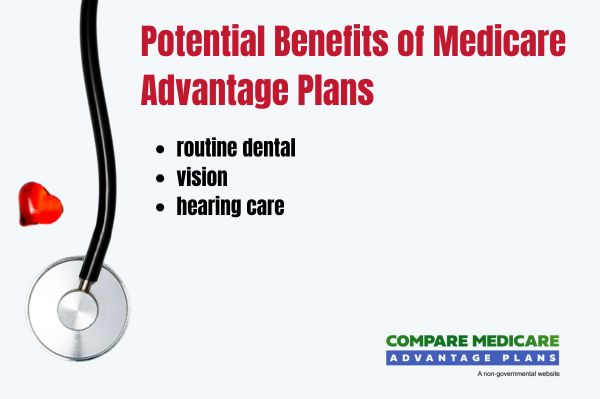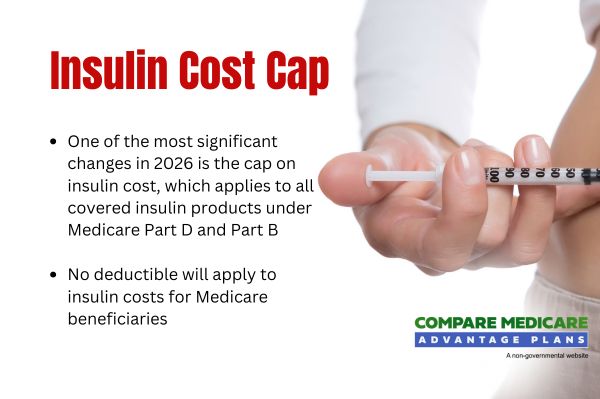Medicare Prior Authorization Requirements in Six States
Starting January 1, 2026, Medicare will introduce new prior authorization requirements for certain services under Original Medicare. This change aims to streamline healthcare delivery and control costs. Prior authorization will be mandatory for services including skin and tissue substitutes, electrical nerve stimulator implants, and knee arthroscopy for knee osteoarthritis. This means providers in six states will need to obtain approval before delivering these services to Medicare beneficiaries.
The states affected by this change are Arizona, New Jersey, Ohio, Oklahoma, Texas, and Washington. Providers in these states can either seek prior authorization before delivering the service or undergo a post-service review to ensure compliance. However, it’s important to note that inpatient and emergency services are excluded from these new requirements, allowing for uninterrupted urgent care.
The goal is to reduce unnecessary procedures and control Medicare costs, but this also introduces extra operational guidance administrative tasks for healthcare providers, potentially affecting care timeliness. Providers and beneficiaries should stay informed and prepared for this new final rule proposed rule.
Continued Access to Free Vaccines

Good news for Medicare beneficiaries: the provision of free vaccines will continue under Medicare Part D. Adult vaccines recommended by the Advisory Committee on Immunization Practices (ACIP) will remain available with no cost-sharing requirement. This policy, which started in 2023, ensures that critical immunization practices remain accessible to all eligible individuals without any out-of-pocket expenses.
Vigilance regarding potential shortages is necessary, as vaccine hostility and changes in ACIP membership could impact availability. The list of free vaccines is updated annually, so beneficiaries should stay informed about the latest updates.
Medicare Part B and D Premium Increases
For Medicare beneficiaries, 2026 will bring notable increases in Medicare Part B and D premiums. The standard monthly premium for Medicare Part B is set to rise by 11.6%, reaching $206.50, up from $185 in the previous year. Additionally, the deductible for Part B will increase to $288, adding to the financial burden on beneficiaries.
Medicare Part D premiums will also see a rise of 6%, with the new deductible set at $615. These increases are expected to affect out-of-pocket costs significantly, particularly impacting those on fixed incomes. The catastrophic threshold for Part D coverage will rise from $2,000 to $2,100, meaning beneficiaries will need to spend more before reaching the out-of-pocket limit.
Beneficiaries should reassess their healthcare budgets and plan accordingly to mitigate the reasonable expectation of these adjustments and ensure continued access to necessary medical costs services.
Medicare Part D Prescription Payment Plans
Starting in 2026, individuals enrolled in the Medicare Prescription Payment Plan will benefit from an automatic re-registration process. This means that unless they opt to decline, enrollees will continue to be part of the ma pd plan each year. This new policy aims to simplify the process for beneficiaries and ensure continuous coverage.
Beneficiaries can spread prescription drug costs over monthly payments instead of paying lump sums, easing financial strain and providing better budget management for those on fixed incomes.
Providers and plan sponsors are required to handle opt-out requests within three days, ensuring prompt service for those who choose to leave the plan.
Medicare Part D Catastrophic Cap Increasing
The catastrophic threshold for Medicare Part D will rise to $2,100 in 2026. This change will affect many beneficiaries. This adjustment reflects the rising costs of prescription drugs and aims to protect beneficiaries from excessive out-of-pocket expenses. During the catastrophic phase, enrollees will not share the cost of covered medications, while plan sponsors will typically bear 60% of these costs.
Beneficiaries will need to spend more before reaching this phase, highlighting the importance of understanding prescription drug coverage and planning for potential costs.
Lower benefits for Medicare Advantage Plans in 2026

Medicare Advantage plans are set to undergo notable changes in 2026, with a reduction in supplemental benefits. Major insurers are scaling back on offerings such as dental and transportation services, shifting their focus to core medical services, including medicare medicaid services. This adjustment may lead to a decline in ma plans enrollment as beneficiaries seek a medicare plan that better meets their needs. The reduction in supplemental benefits may pose challenges for vendors providing these services, as the market becomes more competitive. Beneficiaries relying on special supplemental benefits must reassess their plans and consider alternative options to ensure comprehensive coverage. This reflects a broader trend in health care towards prioritizing essential medical services while limiting additional benefits. Understanding these shifts in human services and health and human services will help beneficiaries make informed decisions during the annual enrollment period.












